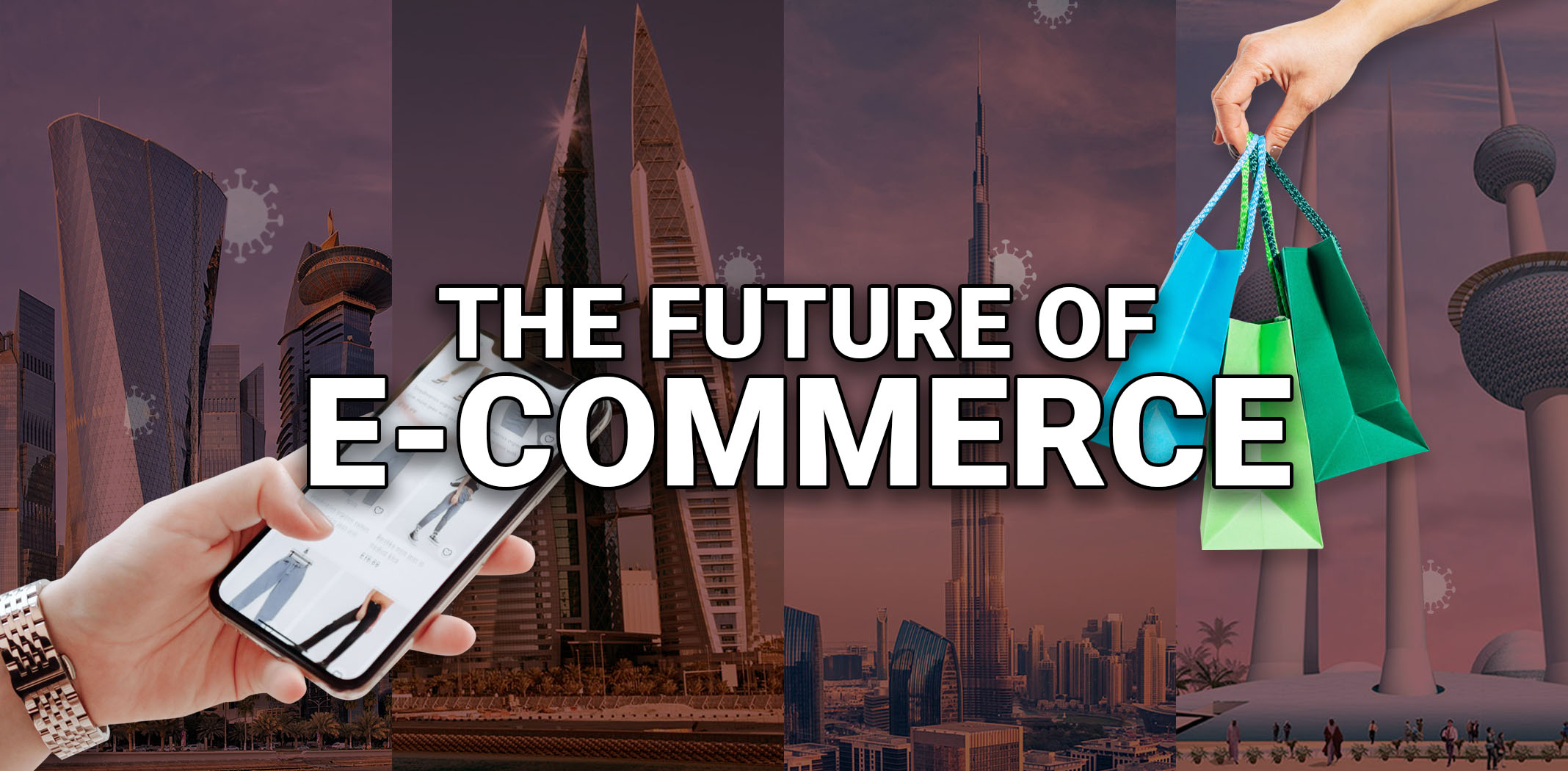In today’s digital society, the influence of e-commerce can be felt across the globe. New companies and websites are being built every day, and the amount of competition in this field continues to increase. Many people are curious as to how they can remain competitive in this ever growing and changing marketplace.
One of the best ways to set your e-commerce store apart from the competition is to leverage the current trends we’re seeing in this field. By doing this, you’re staying relevant and helping optimize your store for greater customer conversions.
The following article, provided by the digital marketing agency, Straight North, will cover ten powerful e-commerce trends you need to look for while constructing a strategy for your business in 2024.
1. Artificial Intelligence (AI) Will Be Used More

Artificial intelligence is generally perceived as a tool for robotics and other fields of technology, but the truth is that AI has already proven to be invaluable in e-commerce. Research shows that businesses that take advantage of AI chatbots can cut costs by up to 30% on assisting customer requests. From natural language processing and machine learning used to predict shopping behavior to enhanced inventory management and customer service via AI chatbots, this remarkable innovation could offer your business a wide range of competitive advantages, especially as the technology continues to improve and progress further.
2. There Will Be a Bigger Focus on Sustainability and the Environment
Customers are often willing to pay more for sustainable brands. Going forward, eco-conscious online shopping experiences will become crucial as more consumers place a higher value on green commerce.
To meet these growing demands, we should see brands across industries invest in eco-friendly packaging, introduce forward-thinking sustainability initiatives, and market a range of ecologically aware alternatives.
3. People Will Expect Multiple Payment Options During Checkout

As technology improves and becomes more accessible, customers will shift towards easier methods of payment. Research from Statista found that both credit and debit cards were used more than cash from 2017 through 2021. As technology changes to suit consumers’ needs, companies must prepare to accommodate them.
With digital and mobile wallets becoming the norm, offering a variety of payment options is necessary to secure sales across demographics and boost conversion rates. Otherwise, e-commerce sites risk losing a sale to competitors who might better meet the target audience’s expectations.
It is essential for your business to give customers what they want: a simplified checkout process with fast transactions that don’t compromise on security.
4. Voice Search Will Become More Common
Whether it’s with a smart speaker, phone, or other device, more people are starting to make use of voice search features. According to Statista, the voice recognition tech market was roughly 10 billion U.S. dollars in 2020, and is estimated to be close to 30 billion dollars in 2026.
To better leverage this rising trend, online retailers are taking steps to create a more intuitive, voice-enabled shopping experience. Such steps include using natural language, question-type keywords, conversational keywords, and solution-focused content to make hands-free shopping quicker and easier.
5. Higher Customer Service Will Be Expected

Online shoppers have a vast selection of venues to choose from in today’s saturated market. It’s up to you to satisfy consumer expectations to get them to convert and become loyal supporters. A significant aspect of this is having exceptional customer service to meet their demands.
As it’s often the only point of contact they’ll have with a virtual business, customer service should be available 24/7, personalized to the user and accessible across all channels in the coming years.
6. User-Generated Content (UGC) Will Be More Prevalent
Capturing the attention of an online audience and driving real engagement isn’t easy. However, with user-generated content, a brand can use the influence of others to create or relay content to a wider, more receptive base.
What makes UGC so effective? Generally speaking, consumers put more faith in organic user content — such as customer photos, product reviews and influencer videos — because they offer social proof and more credibility than branded content.
Studies have shown that up to 90% customers prioritize UGC in their buying decisions. This form of influence outperformed both emails and search engine recommendations, demonstrating the conversion potential of UGC. When done right, this up-and-coming marketing technique is capable of boosting brand awareness and building trust.
7. We Will See More Live and Interactive Shopping and Selling

Along the same lines as UGC, there’s live selling and interactive shopping. Typically conducted through a social media platform, retailers can connect with customers via livestreams to showcase products and address questions.
The goal is to drive real-time conversions. Although the live selling market is still in the early stages in the U.S., this creative approach has seen success globally. It connects appealing features such as interactivity, social proof, and a personalized customer experience.
8. Personalization Will Be Essential
Businesses should avoid overlooking the rising importance of personalization in e-commerce marketing. Backed by the power of consumer data, online stores can use personalization to improve service, expand product ranges, increase engagement, and grow their bottom lines exponentially.
For optimal results, future content ought to be personalized across all channels and designed to support shoppers throughout the entirety of their customer journey.
9. Privacy and Data Protection Will Be at the Forefront

While necessary for personalization, gathering customer data does come with strings attached, as consumer fears surrounding data privacy and protection intensify. To carefully walk the line of reaching the audience while respecting their privacy concerns, it’s advised to be transparent about the organization’s data practices.
Give your users the chance to opt out of certain information requests and provide them with agency over their data during the course of their journey.
10. Inflation Will Affect Customer Behavior
Lastly, as inflation continues to impact consumer behavior on a global scale, careful deliberation is of the utmost importance.
Businesses can address these concerns by reconsidering certain perks — such as flexible return policies and budget-friendly options — and by providing more focus on product research to make it easier for the customer to reach an informed decision.
To market to those now on a tighter budget, you’ll need to communicate extra assurance and a good look at the value of what they’re purchasing, especially when it comes to nonessentials.
Wrapping it Up
The marketing practices needed to see results in e-commerce are constantly adjusting to new trends and innovations. To stay ahead of the competition and grow your business, you’ll need to modify your tactics to capitalize on new opportunities and match changes in consumer behavior quickly.
As time goes on, businesses must remember to stay up to speed with the latest technology and e-commerce trends to put your company in the best position for success.








